Seven days exploring Oregon by van
Van life: Pacific City beaches, Willamette Valley vineyards, Smith Rock hiking and Bend camping.
We landed late in Portland, slept off the jet lag, and had breakfast at a small coffee shop. The owner of the coffee shop challenged me to a game of chess. Any other day, I would have accepted. But after a year of waiting, not even Magnus Carlsen himself could delay us from meeting our van.
After more than a year of planning, designing, shipping gear, and running through every what-if, we were finally in Portland to pick up our new van. It felt surreal to be handed the keys after all that waiting.
The plan: a one-week "shakedown trip", testing our new van while exploring Oregon. We'd stay close to the builder for backup, yet sleep by the ocean, explore vineyards and hike desert trails.
Day 1–2: ocean air in Pacific City
After picking up the van and completing our onboarding, we drove just two hours west to Pacific City on the Oregon coast. I was nervous at first since I'd never driven anything this big, but it felt manageable within minutes.
For the first two nights, we stayed at Hart's Camp, also known as Cape Kiwanda RV Park. The campground had full hookups, a small grocery store, and a brewery just across the road. While the RV park felt more like a parking lot than a forest, it was exactly what we needed. Something easy and practical. A soft landing.
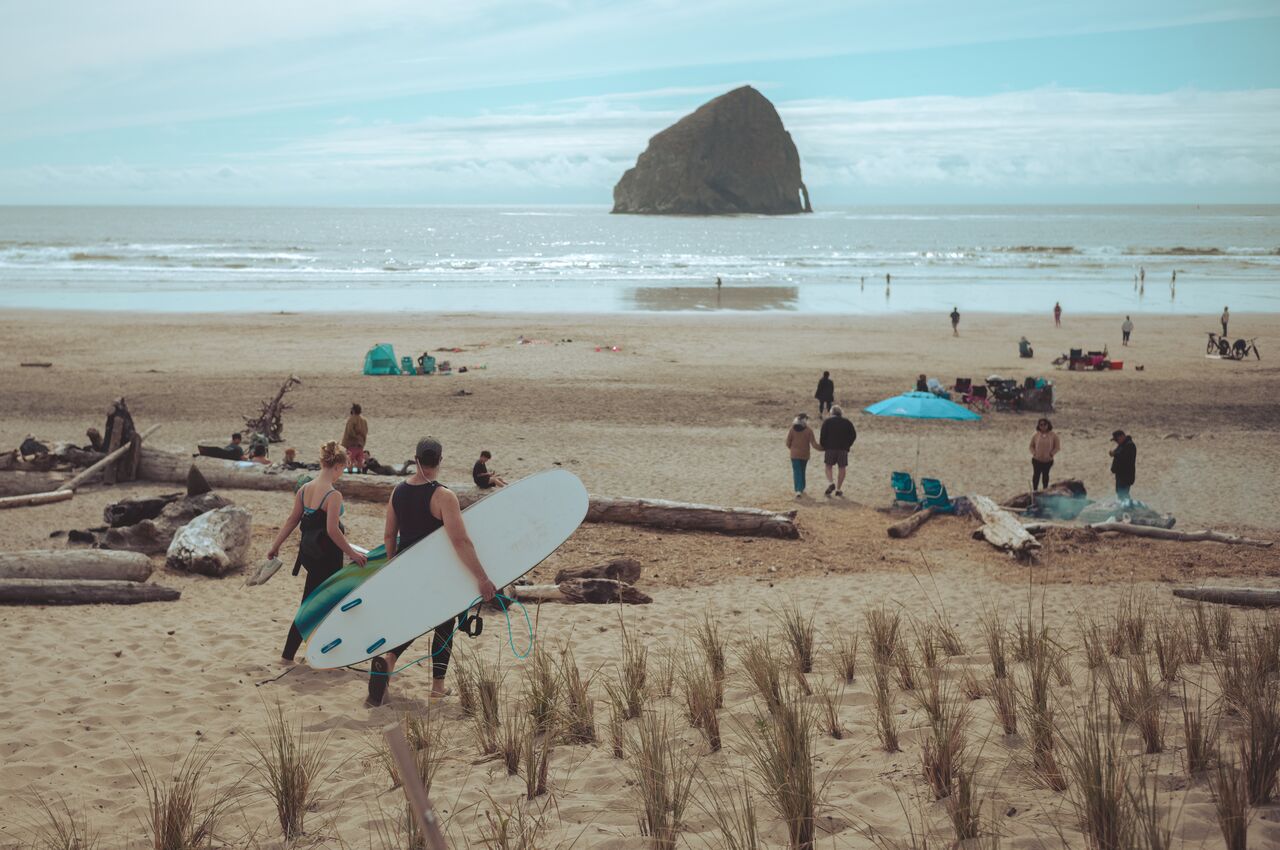
That night, we cracked the windows and slept with the ocean air drifting in. People always ask how someone six foot four (or almost 2 meters) manages to sleep in a van. The truth? I slept better than I do in most hotel beds.
We spent most of the next day settling in. We organized, unpacked the gear we had shipped ahead, figured out what all the switches did, cleaned the dishes, and debated what to put in which cabinets.
Day 3–4: Wine tasting in Willamette Valley
From the coast, we headed inland into Oregon wine country. The drive to Champoeg State Park took about an hour and a half, winding through farmland and small towns.
Champoeg is a beautifully laid-out campground, quiet and easy to navigate, with wide sites and excellent showers. The surrounding area is a patchwork of vineyards, barns and backroads.
We visited several vineyards in the Willamette Valley. The Four Graces was our favorite. Their 2021 Windborn Pinot Noir stood out, and the inn next door looked tempting for a future non-camping trip. We also visited Ken Wright, Lemelson, and Dominio IV. We ended up buying 15 bottles of wine. One of the perks of van life: your wine cellar travels with you.
That evening, Vanessa cooked salmon in red curry, outside in the rain, over a wood fire. We ate inside the van, warm and dry, with music playing. We opened a 2023 Still Life Viognier from Dominio IV that we had liked so much during the tasting. There was something magical about being cozy in a small space while rain drums overhead.
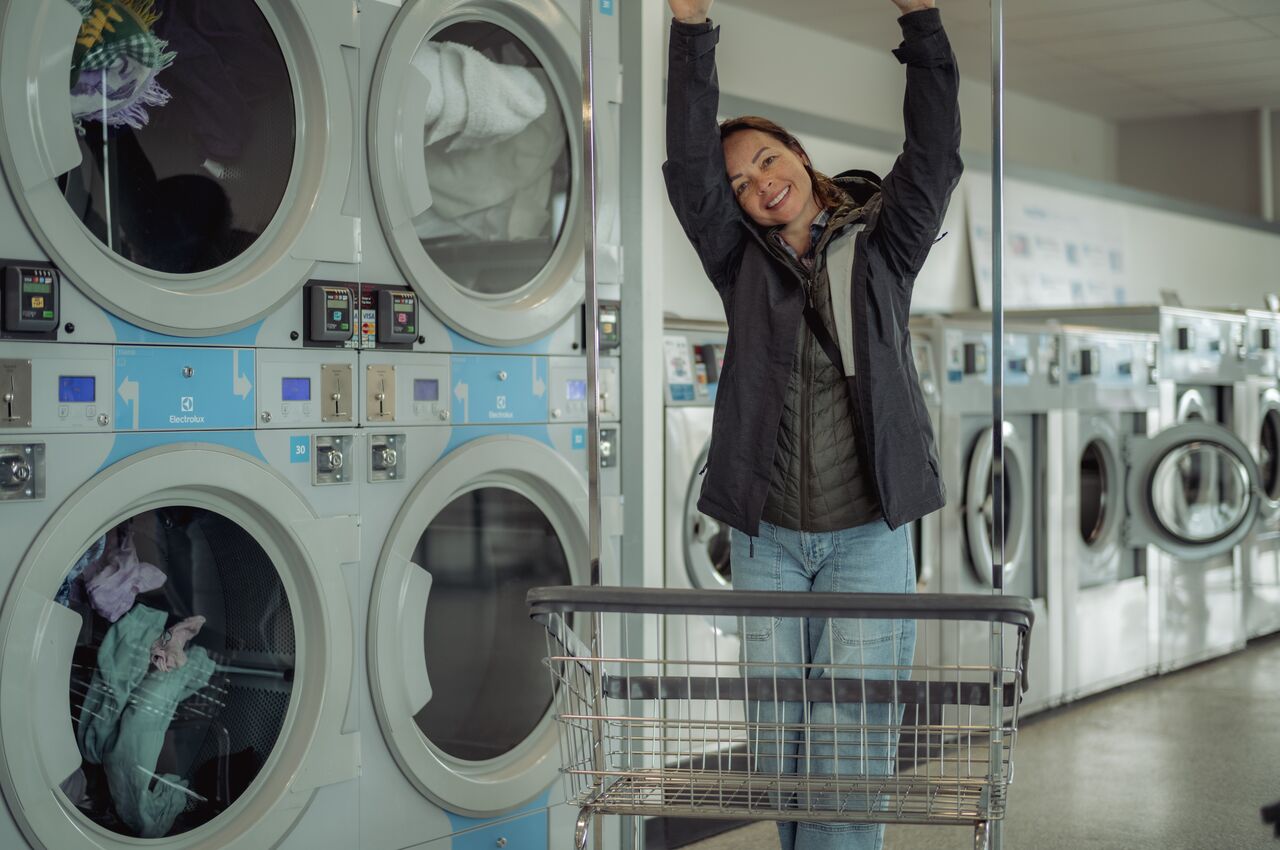
The next morning, we drove to McMinnville to do laundry. Laundry isn't exactly a bucket-list item for me, but Vanessa found it oddly satisfying. There was a coffee kiosk nearby, so we walked through the drive-thru on foot, standing between cars to order lattes while our clothes spun.
Day 5: Smith Rock and steep trails
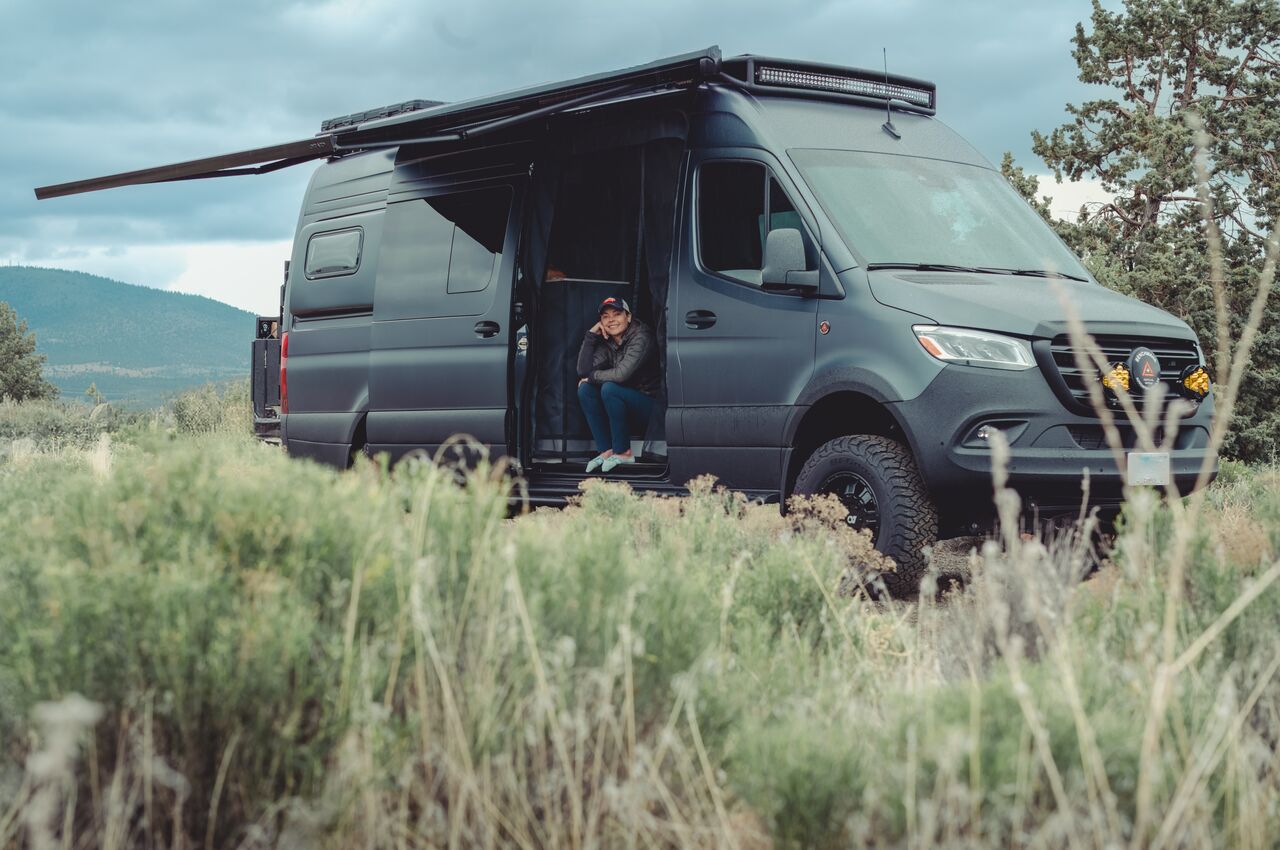
We left wine country behind and headed into Central Oregon, crossing over the mountains on a three-hour drive that was scenic the entire way. Pine forests, wide rivers and lakes came and went as we climbed and descended. We passed through small towns and stretches of open road that felt far from anywhere.
I kept wanting to stop to take photos, but didn't want to interrupt the rhythm of the road. Instead, we made mental notes about places to come back to someday.
That night we stayed at Skull Hollow Campground, a basic campground without hookups. Our first real test of off-grid capability. This was deliberate. We wanted to know how our solar panels and batteries would handle a full night of heating, and whether our water supply would last without refilling.
It was cold, down to 37°F, but the van handled it well. We kept the heat at 60°F and slept soundly under a heavy duvet. When we woke up, the solar panels were already soaking up sunlight.
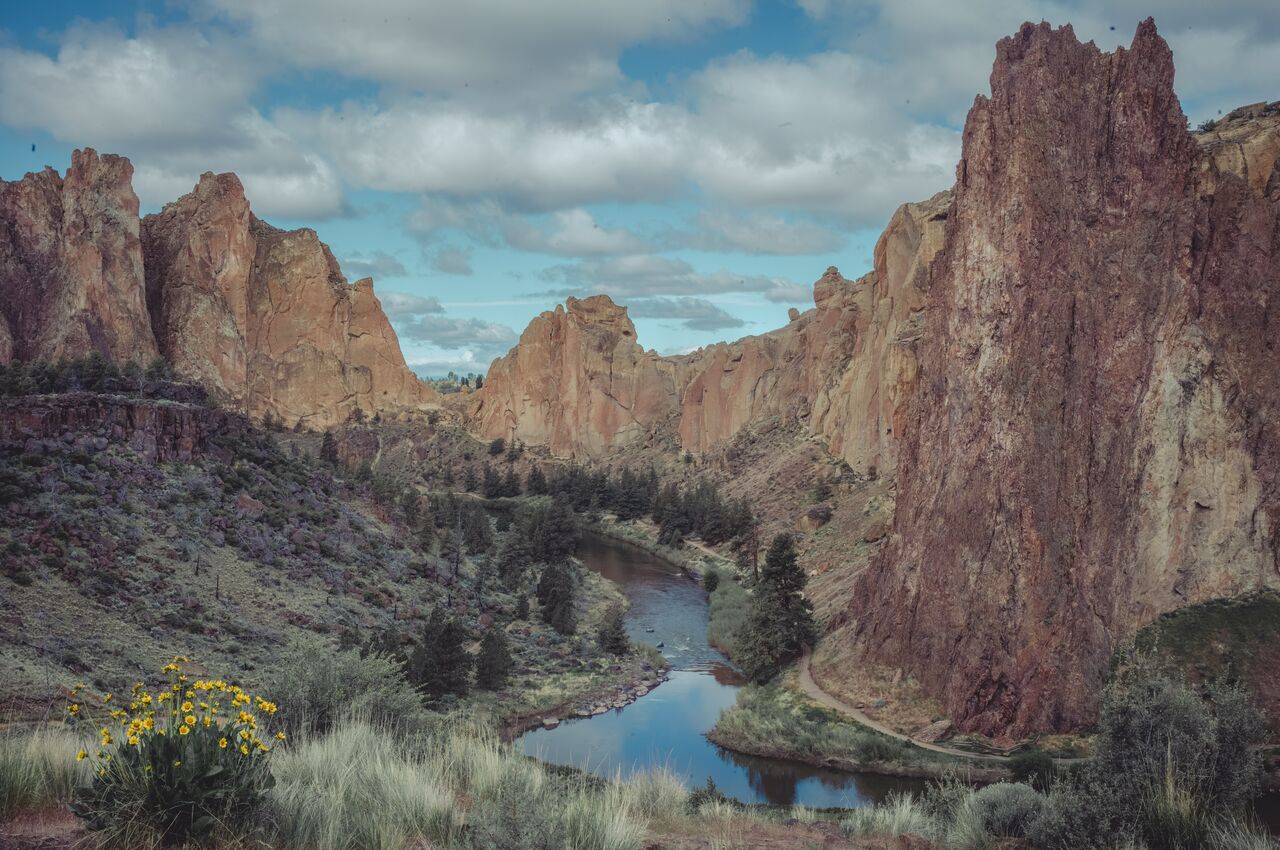
Smith Rock State Park was just fifteen minutes away. Vanessa wanted to drive the van somewhere more rural, and this was the perfect chance. She handled the van like a boss.
Day 6: Bend and our first HipCamp
We continued to Bend, just forty minutes from Skull Hollow. Bend is a small city in Central Oregon known for its outdoor lifestyle. We resupplied, filled our water tank and stopped by REI (think "camping supermarket").
We had dinner at Wild Rose, a Northern Thai restaurant that had been nominated for a James Beard award. The food was excellent. The service was not.
That night we stayed at our first HipCamp, a campsite on a working ranch with cattle just outside of Bend. A lone bull stood at the entrance, watching us with mild interest. We followed the long gravel driveway past grazing cows, getting our first real taste of ranch life.
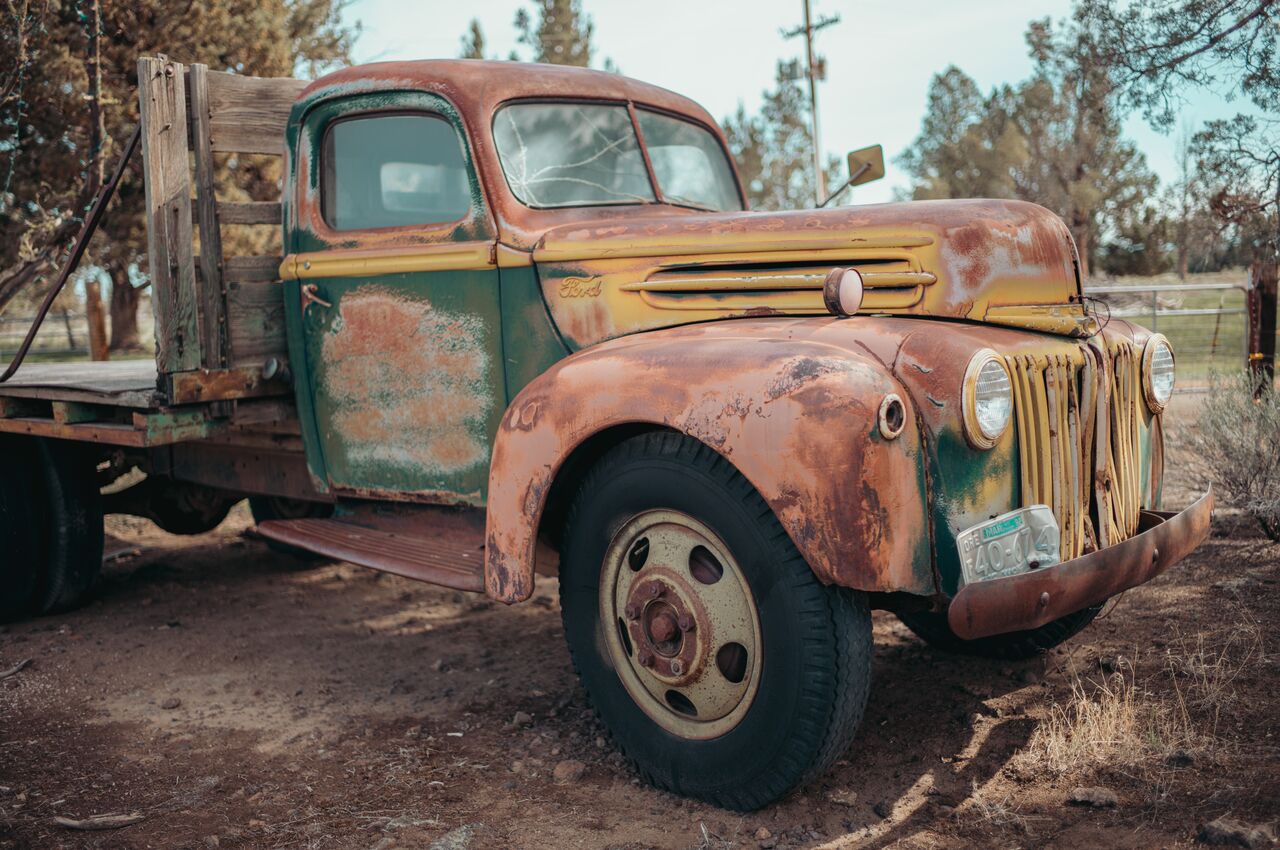
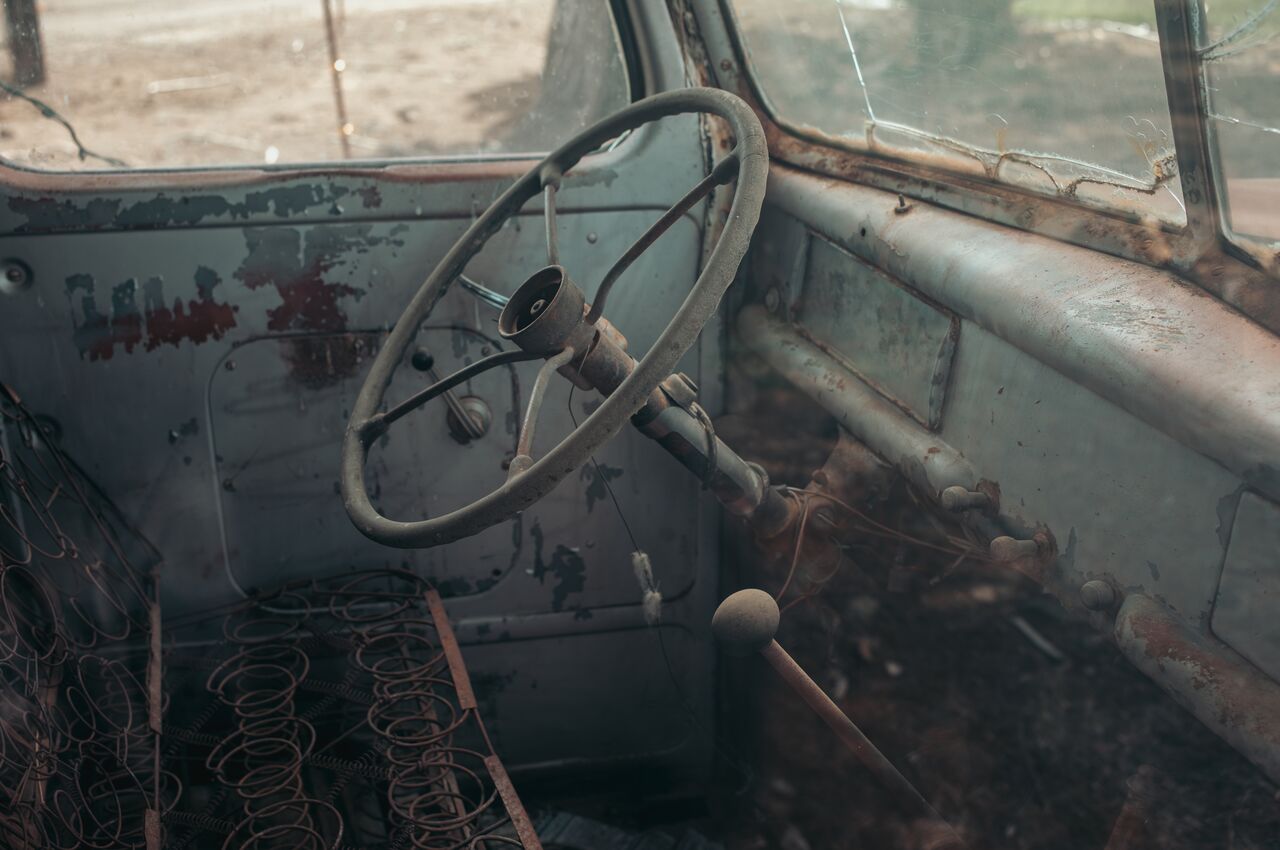
The setup was simple: a grassy parking area, a 30-amp electrical outlet, a metal trash bin and a water pump with well water. We shared the space with an old Ford that had clearly been there longer than we planned to be. A pair of baby owls watched us from a tree. It was peaceful, with wide views and almost total quiet. Nothing fancy, but memorable.
Day 7: Camp Sherman and quiet rivers
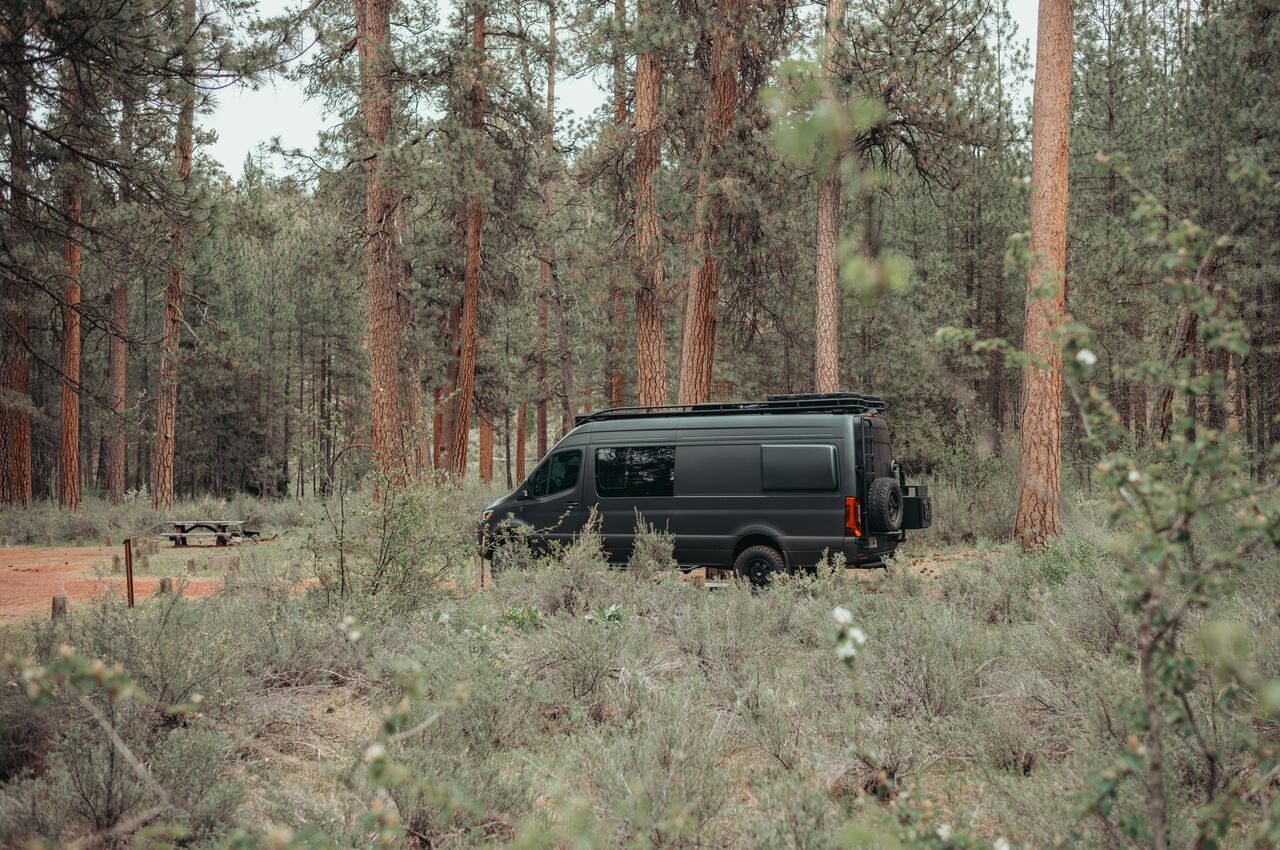
On our final full day, we drove about an hour and twenty minutes to Camp Sherman Campground, nestled along the Metolius River. The Metolius is a spring-fed river known for its crystal-clear waters and world-class fly fishing.
The campground is "first-come, first-serve", and we were lucky to find a site right by the water. This was our first time using an "Iron Ranger", the self-pay envelope system used in many public campgrounds. A refreshing throwback to simpler times.
We hiked a trail along the river, upstream through forests that had clearly burned in recent years. Signs along the path explained it was a prescribed burn area, which gave the charred trunks and new growth a different kind of meaning.
We watched a family of deer move through the trees at dusk very close to our van. They seemed as curious about us as we were about them.
Later that evening, we cooked, read, and talked. We sat by the fire, wrapped in the camping blankets we had picked up at REI. It was quiet in the way we needed it to be.
The next morning, it was time to move on. I had to get to Chicago for a Drupal Camp, even though neither of us felt ready to leave.
530 miles, one van and zero regrets
This loop, starting in Portland, heading to the coast, through wine country, over the mountains, and back again, turned out to be the perfect test run. Each stop offered something different, from ocean breezes to vineyard views to rugged high desert hikes. The drives were short enough to stay relaxed, ranging from 40 minutes to three hours. In total, we covered about 530 miles.
By the end of the trip, we had gone from full hookups to fully self-sufficient, using solar power and our onboard water supply. The van passed every test we threw at it. Now we knew we could take it anywhere.
— Dries Buytaert